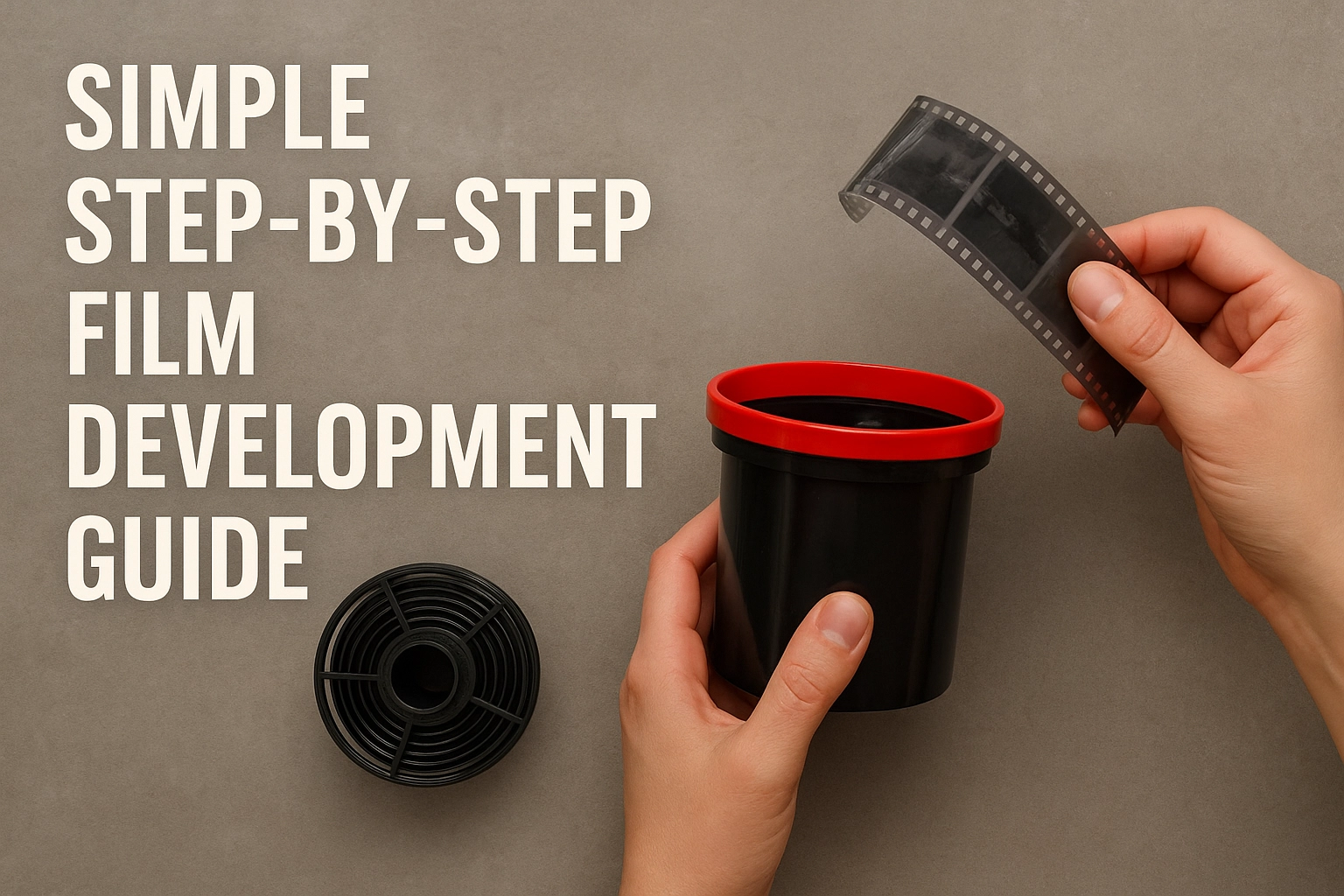
? How US Tariffs Disrupt Photography World
US Tariffs Disrupt Photography – Reflections from a UK Photographer on Gear Costs, Industry Shifts, and Unexpected Workarounds
Table of Contents
ToggleWhen Donald Trump declared April 2nd “Liberation Day” and slapped a blanket 10% tariff on all US imports—with some Chinese goods facing over 100% in levies [¹]—the headlines naturally focused on the political fallout. But for photographers like me, working from home in Hampshire, the effects felt surprisingly close to me.

You might assume a US-China trade war wouldn’t have much bearing on someone shooting English landscapes or wildlife. But when the global supply chain takes a hit, we all feel the vibration—especially those of us reliant on imported gear, parts, and accessories.
? The Rising Cost of Photography Gear
From camera bodies and lighting kits to tripods and batteries, so much of what we rely on in our industry is manufactured in Asia—particularly in China and Japan. Once US tariffs came into effect, prices began climbing not just in the States but worldwide. Retailers had to hedge against uncertainty, and manufacturers adjusted distribution to cover losses elsewhere.

A camera body that might have sold for £1,800 was suddenly closer to £2,100. Even essential accessories like SD cards, USB-C cables, and LED panels crept up in price. The shift may have originated in the US, but it echoed across global supply chains.
? Citation: US tariffs on Chinese goods rose to over 100% as of April 9th, 2025, according to The Wall Street Journal.
? How Manufacturers Responded
Big brands didn’t sit still. Nikon shifted parts of its production to Southeast Asia; Canon reportedly evaluated shipping through third-party hubs to minimise direct exposure to Chinese export taxes [¹]. Even Sony trimmed its US promotions and focused more heavily on EU markets during this time.
Meanwhile, third-party favourites—like Godox, SmallRig, and Neewer—were hit especially hard. Some of their gear became harder to find or more expensive through UK distributors as stock shortages rippled out.
? Citation: WSJ & The Australian both reported on supply chain shifts and retaliatory tariffs from China in April 2025.²
? The Reality for Freelancers and Small Studios
Here’s where it got personal. Like many independent photographers, I don’t have a corporate gear budget or deep discounts from major suppliers. I rely on careful planning, second-hand markets, and the occasional splurge when it’s time to upgrade.
These tariff-driven price hikes meant I had to delay replacing a Lens that’s been acting up for months. Renting gear—already costly in the UK—wasn’t always viable, especially for low-budget shoots or passion projects.
Workshops I run with beginner photographers became harder to equip affordably. Even film gear wasn’t immune, as chemicals, batteries, and accessories saw cost pressures too.
? Long-Term Shifts and Workarounds
Still, the shake-up forced some welcome creativity. I’ve found myself leaning more into used gear markets, rediscovering vintage lenses, and adapting more kit than ever before. I know I’m not alone—there’s been a subtle resurgence in analogue photography and locally made accessories.

There’s also been a small boom in UK-based makers offering 3D-printed brackets, handmade straps, and even light modifiers. They’re not always cheaper, but they’re a nod to resilience and ingenuity in uncertain times.
? Trade Wars – Final Thoughts
Trade wars might feel like distant sabre-rattling, but when you’re a working photographer trying to balance costs, keep a studio going, and invest in your craft, the ripples are very real. What happens in Washington and Beijing eventually reaches Watership Down—whether we like it or not.
So if you’ve been wondering why gear is pricier, harder to find, or delayed in delivery, know that it’s not just inflation or supply chain blips—it’s global politics reshaping the creative tools we rely on every day.
Like what you read? Fuel my next post with a coffee – hit that PayPal button and keep the caffeine flowing!
[wpedon id=77]
Stephen Paul Young
I’m Steve (Stephen Paul Young), a landscape, digital and film photographer with a deep love for capturing the beauty of nature, light, and atmosphere. Whether I’m out at dawn chasing the perfect sunrise, exploring woodland trails, or experimenting with black-and-white film, photography is my way of seeing the world. I’m drawn to the small details and the big vistas alike, always looking for that moment where light, texture, and emotion come together. For me, photography isn’t just about taking pictures—it’s about storytelling, connection, and the joy of being present in the landscape.
You May Also Like

Capturing Nature’s Drama on Ilford FP4 Film
26 May 2024
Explore My New Photography Galleries: Fine Art Prints, Downloads & More
1 October 2025

